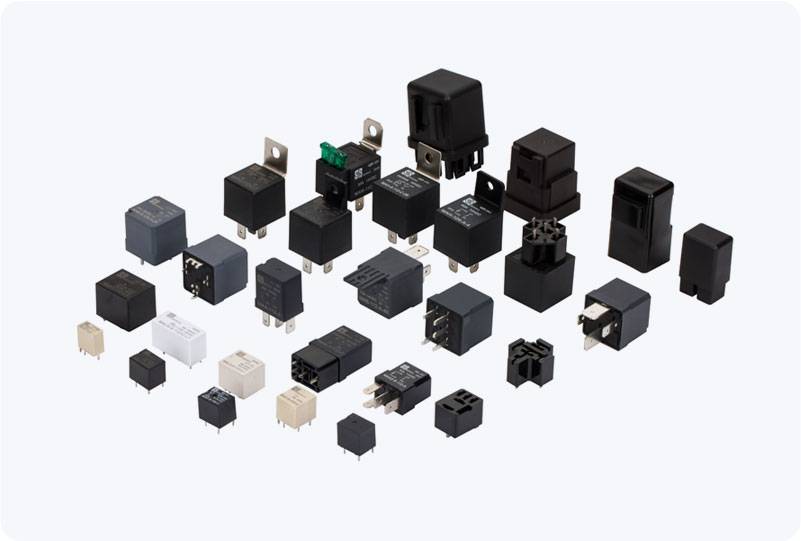understanding arc-free relays: advantages and applications
Release time:2025-06-06 19:01:25
An arc-free relay is a type of relay designed to operate without generating electrical arcs during its switching operation. In conventional relays, an electrical arc is formed when the contacts open or close, which can result in wear and tear, reduced reliability, and even equipment failure over time. Arc-free relays have been developed to eliminate this problem, offering a cleaner and more durable solution for a wide range of applications.

What is an Arc-Free Relay?
At its core, a relay is an electrically operated switch used to control a circuit. Relays work by using an electromagnet to open or close contacts in response to an input signal. In traditional relays, when the contacts close or open, the movement causes an interruption or establishment of electrical current, which can lead to an arc—essentially a small electrical spark that forms between the contacts. This arc can damage the contacts over time, causing performance degradation and shortening the relay’s lifespan.
An arc-free relay, on the other hand, is designed to minimize or completely eliminate the occurrence of these arcs. This is typically achieved through the use of specialized contact materials, unique circuit designs, or additional components that suppress or direct the energy away from the contact points when the relay operates. The result is a more reliable and durable relay that can function for longer periods without degrading.

